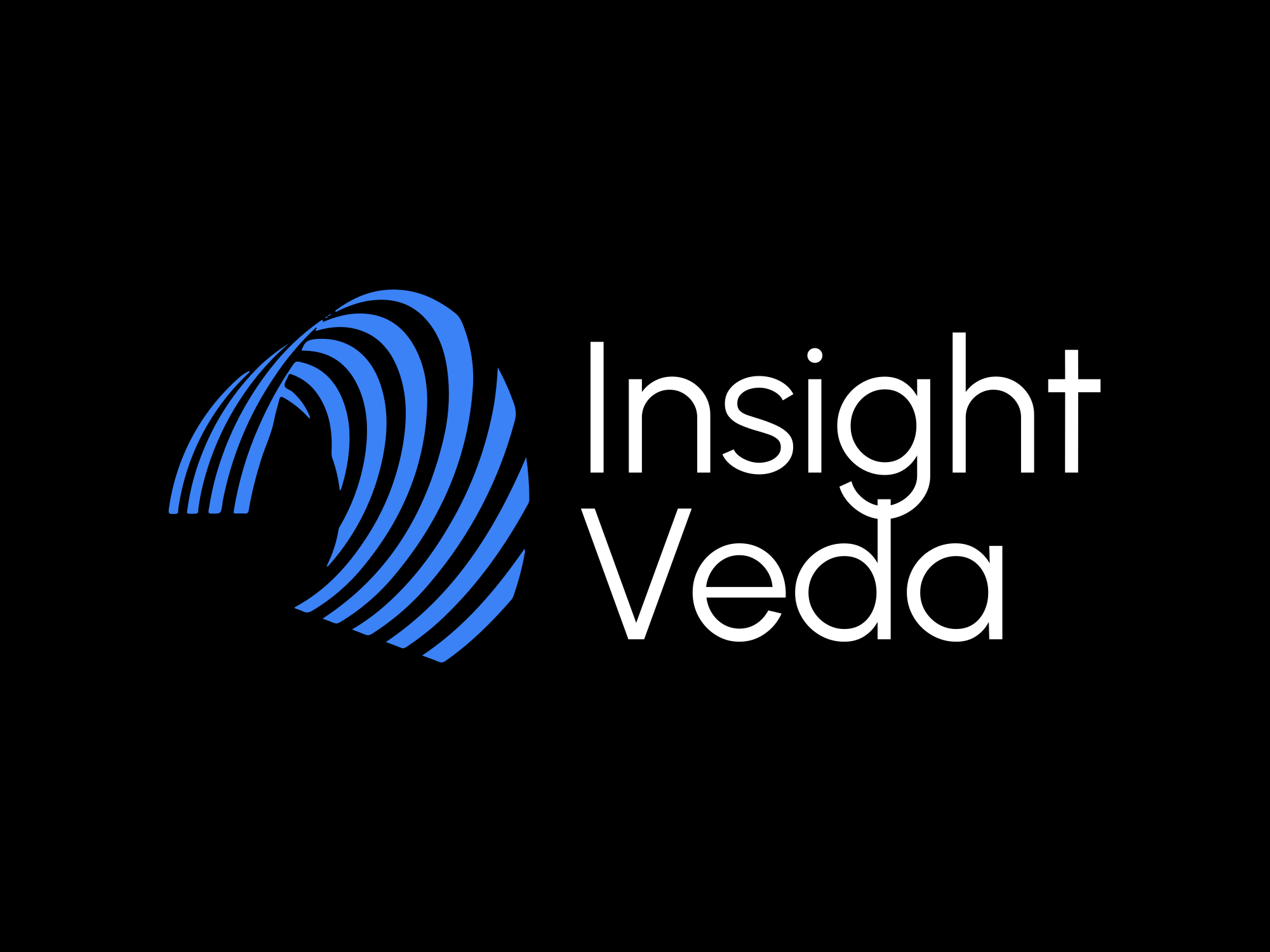Lesson 4: Event-Driven Architecture Essentials
Event-Driven Architecture (EDA) is a powerful design pattern that enables asynchronous communication and decoupling between services. It’s a key enabler for building reactive, scalable, and resilient systems.
1. What Are Events?
Explanation: An event is a significant occurrence or change in state within a system. Events are immutable and provide a way to communicate changes between different components or services.
- Event Producer: The source of the event, such as a service or system that detects and records a change.
- Event Channel: The medium through which events are transmitted, such as a message broker like Kafka or RabbitMQ.
- Event Consumer: The entity that listens to and processes the event, such as another service or component.
Example: In an e-commerce application, when a user places an order, an "Order Placed" event is generated, which is consumed by other services like Inventory and Shipping.
2. Core Components of Event-Driven Architecture
Explanation: EDA comprises key components that enable seamless communication and processing:
- Event Processor: Processes incoming events and triggers actions based on business logic.
- Event Store: A storage mechanism to persist events for future reference, debugging, or replay.
- Event Bus: Facilitates the routing of events between producers and consumers.
Example: In a banking system, a "Transaction Completed" event may trigger notifications and update account balances through dedicated event processors.
3. Benefits of Event-Driven Architecture
Explanation: EDA offers multiple advantages, making it a preferred choice for modern distributed systems.
- Decoupling: Services can operate independently, reducing dependencies and enhancing scalability.
- Asynchronous Communication: Improves system performance by enabling non-blocking interactions.
- Real-Time Processing: Supports reactive systems that respond to events in near real-time.
Example: Social media platforms use EDA to update feeds in real time when a user posts new content.
4. Challenges and Solutions in EDA
Explanation: While EDA is powerful, it comes with its own set of challenges, which can be mitigated with best practices.
- Challenge: Event Ordering and Delivery Guarantees.
Solution: Use message brokers with support for ordering and retry mechanisms. - Challenge: Debugging and Monitoring.
Solution: Implement centralized logging and monitoring tools to trace event flows. - Challenge: Data Consistency in Distributed Systems.
Solution: Use eventual consistency patterns and event sourcing.
Conclusion
Event-Driven Architecture is a game-changer for modern systems, enabling loose coupling, scalability, and real-time responsiveness. By understanding and leveraging events, event processors, and event channels, you can design systems that meet the demands of today’s dynamic environments.

